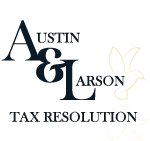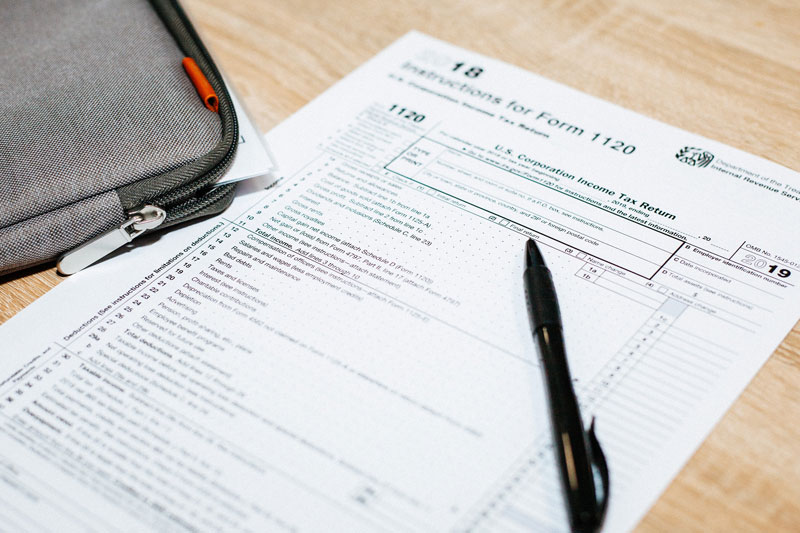If you operate an S-Corporation, understanding Form 1120S is essential for properly reporting your business income, deductions, and pass-through items to shareholders while maintaining IRS compliance. Form 1120S serves as the annual tax return for S-Corporations, a special business structure that passes corporate income, losses, deductions, and credits directly through to shareholders for federal tax purposes, avoiding the double taxation that affects traditional C-Corporations. Filing this form correctly requires understanding which line items apply to your specific business activities, from gross receipts and cost of goods sold to officer compensation, depreciation, and other deductions that reduce your taxable income. S-Corporations have unique requirements including mandatory reasonable compensation for owner-officers, restrictions on shareholder types and numbers, and specific eligibility criteria that distinguish them from other business entities. Whether you’re a mechanic, cabinet maker, or service provider operating as an S-Corporation, knowing how to accurately complete each section of Form 1120S (including Schedule K-1 distributions to shareholders, estimated tax payment tracking, and proper classification of business expenses) protects you from costly filing errors, penalties for non-compliance, and potential IRS scrutiny. The key to successful S-Corporation tax filing isn’t just completing the form. It’s understanding the pass-through taxation mechanics, qualification requirements, and strategic deduction planning that maximizes tax benefits while ensuring your corporate structure remains in good standing with federal and state authorities.
Corporate Tax Returns
So you have decided to make the plunge into being an entrepreneur and formed a S Corporation. One of the most important things to know about running your business is how to file your corporate tax return. What can you claim as a deduction from your business and where do the deductions go on your corporate tax return?
The IRS defines a S Corporation as a “corporation that elects to pass corporate income, losses, deductions, and credits through to their shareholders for federal tax purposes”. To qualify and open a S Corporation you need to do all of the following:
Be a domestic corporation operating in the U.S. Only have shareholders that qualify as individuals. You cannot form a S Corporation with partnerships or corporations as shareholders. Must have less than 100 shareholders in the S Corporation. You are only allowed to have one class of stock. You will not be able to form common shares and preferred shares under a S Corporation.
Form 1120s Line Items
Once you have your S Corporation properly formed and all of your forms filed including form 2553 you will need to complete form 1120S for the tax year. Form 1120S items flow as follows:
Line 1a. Gross receipts or sales – This line is used to report your gross income from any source derived under your business. For a mechanic, this would be the total amount of money received from your customers for payment of your services rendered.
Line 1b. Returns and allowances – This line is a subtraction from line 1a for any items that were returned from a customer.
Line 1c. Balance. – This line of the return is simple the combination of lines 1a and 1b. This line is your net sales.
Line 2. Cost of goods sold – This line is for items produced and then sold. This would result from supplier who add additional value to the inventory purchased. For example, a cabinet maker would buy the wood, screws, glue, etc. to build his cabinets. As he adds material and labor to the finished cabinet he would credit these amounts to his cost of goods manufactured account. When the product is completed and sold, he would take all amounts from his cost of goods manufactured account along with any associated overhead and credit them to cost of goods sold. This amount would be a deduction from gross receipts on line 2.
Line 3. Gross profit – This is the subtraction of line 3 from line 1 items.
Line 4. Net gain (loss) from form 4797. – This line is to report a gain or loss from any of your capital assets being sold. This will be gains or losses from the sale of an asset used in your trade or business.
Line 5. Other income (loss) – Line 5 is used to report any other income generated by the business that was not in the ordinary course of business. This is usually going to be income from interest or recovery of a previously deducted bad debt.
Line 6. Total income – Combine lines 3 through line 5 to get your total income.
Line 7. Compensation of officers – Under an S Corporation the owners/officers are required to be paid a reasonable wage by the S Corporation. This line is used for payroll to officers only and not for payroll to other employees.
Line 8. Salaries and wages – Line 8 is used to report all payroll run to employees that are not owners of the company.
Line 9. Repairs and maintenance – Report amounts used for ordinary repairs and maintenance here. This will be amounts not reported in cost of goods sold because they do not add to the value of the product being produced or the property being repaired.
Line 10. Bad debts – Report the total amount of trade or business debts which have become totally or partially worthless in the tax year.
Line 11. Rents – Line 11 is used to report the total amount of rental payments you have made in the tax year for any business property used in your trade or business. Do not deduct any amounts attributable to a personally used rental item.
Line 12. Taxes and licenses – Line 12 is used for taxes paid by the corporation such as FUTA, employer portion of FICA, and State unemployment taxes. This line is also used to report the amount paid for licenses such as your annual corporation renewal fee.
Line 13. Interest – Report all interest paid in the ordinary course of your trade or business. Interest paid on most passive activities will be reported on a different portion of your return.
Line 14. Depreciation not claimed on Form 1125-A or elsewhere on return – Report depreciation on assets used in the ordinary course of your trade or business. Assets used in a passive activity or in connection with inventory will be reportable elsewhere on your return.
Line 15. Depletion – This line is used to deduct the useful life of natural resources used in a trade or business. It is similar to depreciation, but used in connection with a different type of asset.
Line 16. Advertising – Report all amounts expended by your business to advertise your trade or business.
Line 17. Pension, profit-sharing, etc. – Line 17 is used to deduct employer sponsored payments into a pension or profit-sharing program for its employees.
Line 18. Employee benefit programs – Report all payments made to employees for fringe benefits by the corporation. For example, employer contributions for health plans or reimbursements for meals and lodging.
Line 19. Other deductions – All other deductions incurred in the ordinary course of business are deduction on line 19. Some common expenses are those made for legal and professional fees, utilities, and meals and entertainment.
Line 20. Total Deductions – Combine lines 7 through 19 to get all expenses incurred by the business in the tax year being reported.
Line 21. Ordinary business income (loss) – Subtract line 20 from line 6. This amount is your income after expenses from your business. This amount will be divided between shareholders equally or based upon the corporate articles of incorporation. Each shareholder’s portion of the income (loss) will be carried over and reported on their personal returns.
The tax and payments section found at the bottom your business tax return on form 1120S is a special section for any amounts which have been paid in in estimated tax payments by the corporation. There are also some other special items not commonly used by most corporations on their corporate tax return.
If you’re facing challenges with your business tax obligations or need assistance with corporate tax filings, working with qualified tax professionals can help ensure compliance and optimize your tax position. Understanding Form 1120S is just one aspect of maintaining proper tax records—business owners must also stay current with filing deadlines, maintain adequate documentation, and address any tax liabilities promptly to avoid penalties.
For S-Corporation owners struggling with back tax debt or dealing with IRS tax levies, professional resolution services can negotiate installment agreements or explore other relief options. Whether you need help with tax audit representation, securing Currently Non-Collectible status, or even considering bankruptcy for tax debt, understanding your options is critical.
Michigan business owners can benefit from working with local tax attorneys who understand both federal and state tax requirements. For individual taxpayers dealing with personal tax issues related to business income, professional guidance helps navigate complex IRS regulations while protecting your financial interests. Additionally, understanding consumer financial protections and reviewing tax law resources can help business owners make informed decisions about their tax compliance strategies. Whether you’re in Warren or Ann Arbor, having the right tax support makes all the difference in maintaining your S-Corporation’s good standing.
Let us help you prepare your business tax returns. Contact us today if you have 1120S returns that need to be filed or if you have any questions while preparing this return.
Disclaimer: Austin & Larson Tax Resolution has prepared this website for informational purposes only. This website is not intended to provide, and should not be relied on, for tax, legal, or accounting advice. To get advice regarding your specific tax situation or questions, please contact our office at 866-668-2953.


Recent Comments